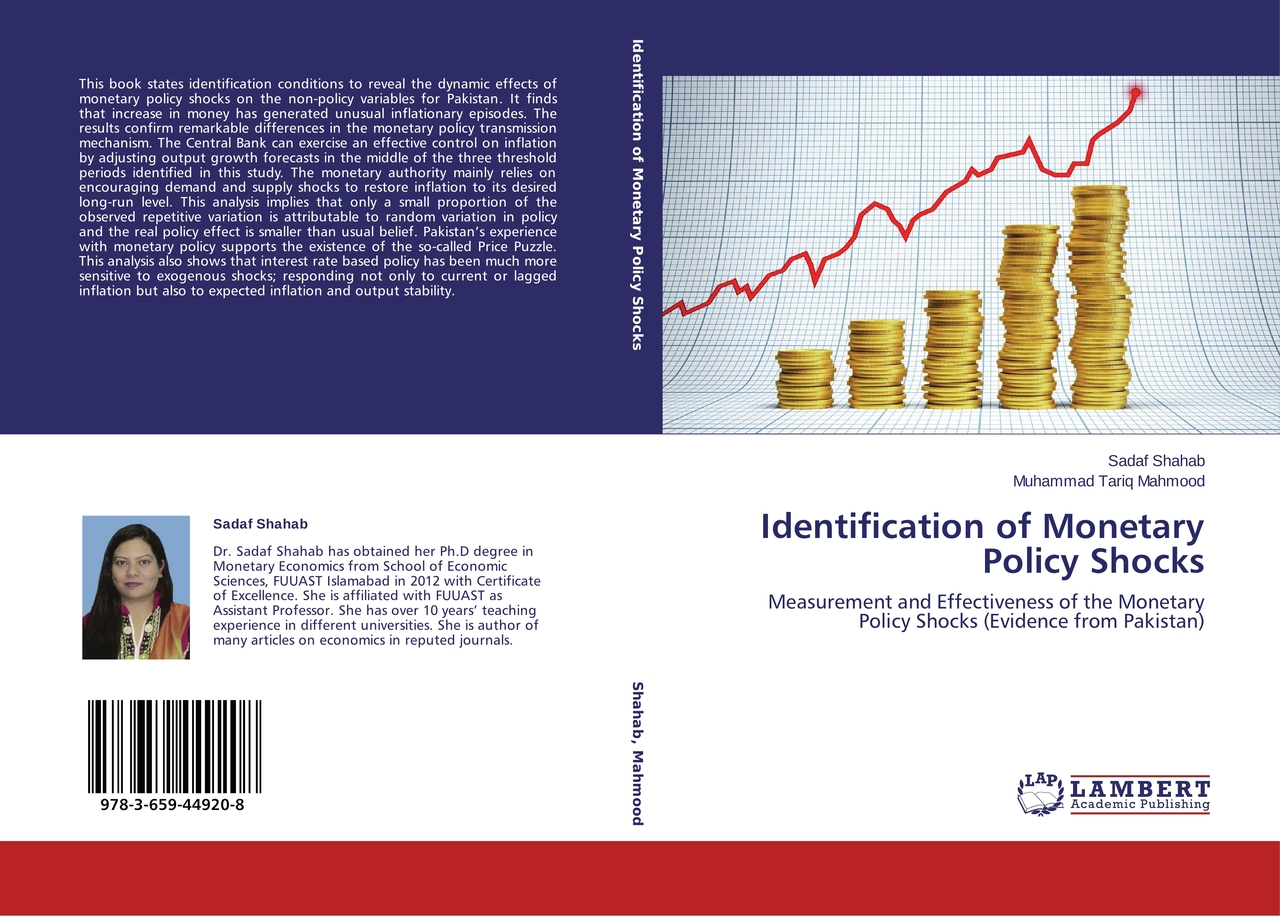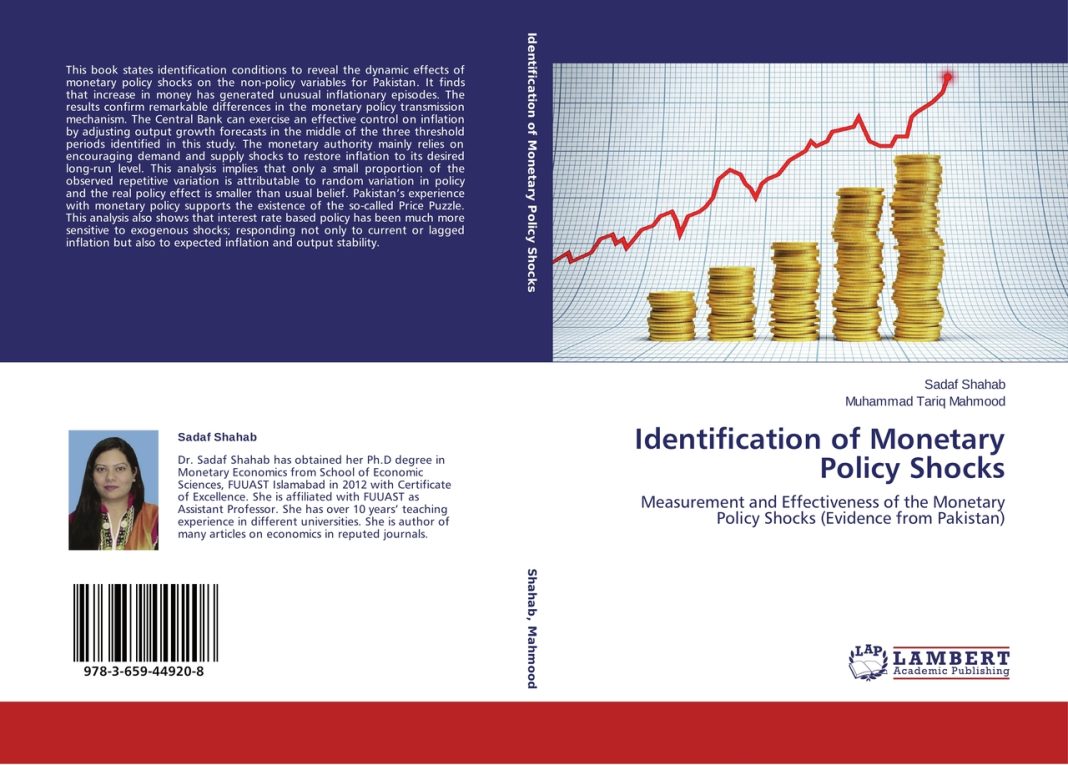 Persistent above-trend inflation continues to impact households in the United States, as highlighted by the Federal Reserve’s preferred inflation gauge. The personal consumption expenditures (PCE) price index rose 0.3 percent in April, remaining unchanged from the previous month. This indicates that progress on inflation has stalled throughout the U.S. economy. Goods prices within the PCE report increased by 0.2 percent, while prices for services swelled by 0.3 percent. Food costs slipped by 0.2 percent, but energy prices saw a significant increase of 1.2 percent.
Persistent above-trend inflation continues to impact households in the United States, as highlighted by the Federal Reserve’s preferred inflation gauge. The personal consumption expenditures (PCE) price index rose 0.3 percent in April, remaining unchanged from the previous month. This indicates that progress on inflation has stalled throughout the U.S. economy. Goods prices within the PCE report increased by 0.2 percent, while prices for services swelled by 0.3 percent. Food costs slipped by 0.2 percent, but energy prices saw a significant increase of 1.2 percent.
On an annualized basis, PCE inflation remained flat at 2.7 percent. The 3-month annualized rate reached 3.5 percent, the highest since the second half of 2023, while the 6-month annualized PCE stood at 3.2 percent, the highest since July. Although energy prices have cooled off in recent weeks, crude oil prices have still risen by approximately 10 percent this year. Gasoline prices have also dipped below $3.56 following a meteoric ascent during the spring.
It is worth noting that core PCE, which excludes the volatile energy and food components, increased by 0.2 percent in April, down from the 0.3 percent increase in March. This was slightly below the consensus estimate of 0.3 percent and represented the softest print since November. Annual core PCE remained unchanged at 2.8 percent, matching economists’ expectations and marking the lowest level since March 2021.
Additionally, data from the Bureau of Economic Analysis (BEA) revealed that personal income rose by 0.3 percent, in line with the consensus projection. However, personal spending only saw a modest increase of 0.2 percent, falling below expectations.
The PCE is the preferred inflation measure for the Federal Reserve because it includes a wider range of goods and services prices, reflects spending patterns among both rural and urban consumers, and is updated more frequently. This comprehensive measure allows policymakers to assess inflation accurately.
The impact of persistent inflation on U.S. households is evident in a recent study conducted by the Federal Reserve. The study reported that nearly two-thirds (65 percent) of Americans claim that high inflation has worsened their financial situation. Furthermore, approximately 19 percent stated that rising prices have made their financial health “much worse.” These findings shed light on the real-world consequences of inflation for everyday individuals and families.
In response to the PCE data, financial markets initially experienced losses but quickly rebounded before the opening bell. The leading benchmark indexes were up around 0.2 percent. U.S. Treasury yields turned negative, with the benchmark 10-year yield shedding 3.4 basis points to 4.52 percent. The 2-year yield also fell to 4.91 percent. The U.S. Dollar Index (DXY), which measures the greenback against a basket of currencies, continued to decline and hovered around 104.50.
The Federal Reserve has acknowledged the challenges posed by inflation and has provided insights into its approach. Various Fed officials have addressed the pause in cooling inflation trends, suggesting that progress will be slow in addressing the issue. However, some officials expressed a willingness to tighten policy further if inflation risks materialize. Minneapolis Fed President Neel Kashkari and Fed Gov. Michelle Bowman have indicated that they have not ruled out a rate hike. On the other hand, New York Fed President John Williams believes that inflation pressures will ease in the second half of 2024, attributing recent readings to a reversal of unusually low readings from the previous year. Dallas Fed chief Lorie Logan expressed concern about upside risks to inflation but emphasized the importance of keeping options open regarding monetary policy.
A sentiment analysis conducted using the Bloomberg Economics Fed Sentiment National Language Processing Model suggests that central bank policymakers are shifting toward a tightening bias. This model, which evaluates data from 2009 onwards, shows that Fed communication continues to favor rate hikes rather than rate cuts. Investors do not anticipate the first rate cut until later this year, with the futures market predicting a reduction at the November Federal Open Market Committee (FOMC) meeting, according to the CME Fed Watch Tool. Only a minuscule percentage of traders are forecasting a 25-basis-point rate increase.
The next two-day Fed meeting is scheduled for June 11 and 12, during which policymakers will continue to assess inflation trends and make decisions regarding monetary policy.


